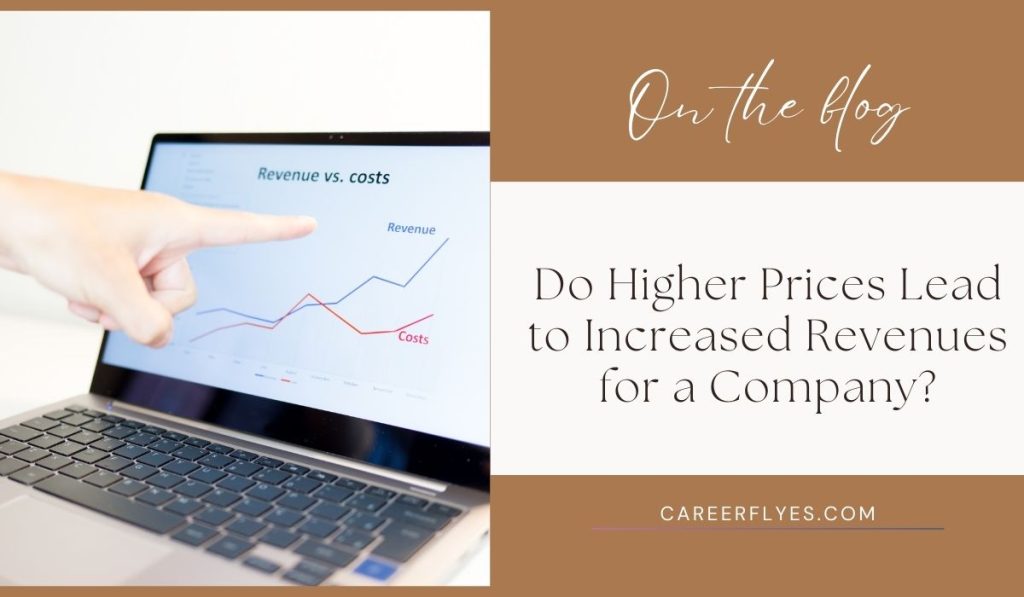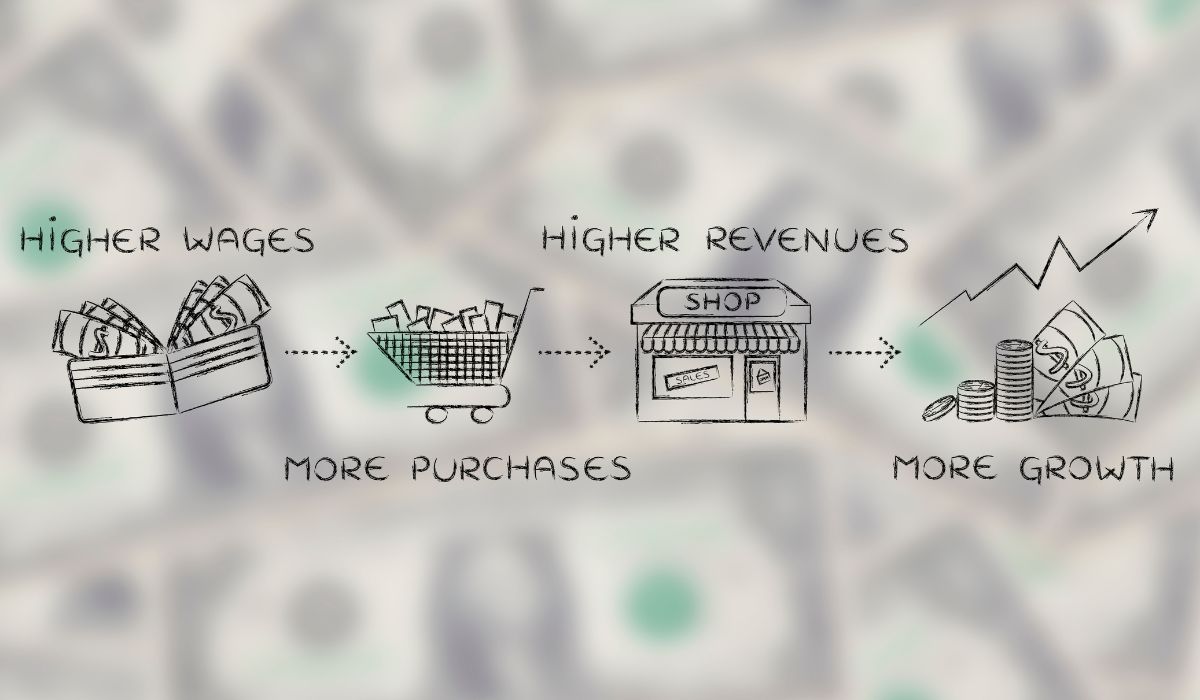Do Higher Prices Lead to Increased Revenues for a Company?
5 min read
When you walk into a store and see a price tag that makes you stop and think, “Is this worth it?” you are not alone. Companies have to make careful decisions about how much to charge for their products or services. One big question businesses face is whether raising prices will bring in more revenue or scare away customers. This question is not as simple as it seems. Like many things in business, the answer depends on a few key factors.
Let’s dive into what happens when companies raise prices and whether it really leads to more money in the bank.
The Relationship Between Price and Revenue
At its core, revenue is a simple equation: Price × Quantity Sold. If you increase the price of a product, you make more money per item sold. That sounds great, right? But there is a catch. What happens if fewer people buy the product because it costs more?
It is a bit of a balancing act, like walking a tightrope. Too high, and you might lose customers. Too low, and you are leaving money on the table. Companies have to find that sweet spot where higher prices do not scare away too many customers, and revenue grows as a result.
Elasticity of Demand: The Tug of War
One important thing to understand is elasticity of demand. This is a fancy term for how sensitive customers are to price changes. Some products are like rubber bands—they are very “elastic,” meaning if you stretch the price too far, the demand snaps back, and people stop buying. Other products are more like steel wires—”inelastic”—because even if you bend the price up, customers keep buying.
For example, take something like gasoline. People need it to drive their cars, so even if prices go up, most will still buy it. Gas has inelastic demand. On the other hand, something like a new smartphone might have elastic demand. If prices jump, customers might wait for a sale or skip the upgrade.
When Higher Prices Can Lead to Increased Revenues

There are times when raising prices can actually bring in more revenue, and it all comes down to the product and the market.
Inelastic Demand Products
For products that people need, no matter the price, raising prices can easily increase revenue. Think about medications or electricity. People will pay whatever they have to because they cannot go without these things. Companies in these industries have more flexibility to raise prices without losing customers.
Premium Pricing Strategy
Some companies deliberately charge high prices to position their products as luxury items. These businesses rely on the idea that a higher price equals higher quality in the eyes of the customer. Brands like Apple or Rolex use this strategy. When you buy an iPhone or a Rolex watch, you are not just buying a product—you are buying status, exclusivity, and quality.
This is where higher prices can actually attract more customers because people want to own something special. In these cases, raising prices can boost revenue by making the product even more desirable.
Brand Loyalty
When a company has strong brand loyalty, customers are willing to pay a bit more without jumping ship. Brands that have built trust over time, like Nike or Starbucks, can raise prices without losing their core customer base. People love these brands, so they will stick around even if their favorite products become a little more expensive.
When Higher Prices Can Decrease Revenues

On the flip side, there are situations where raising prices can backfire and cause revenue to drop.
Elastic Demand Products
As mentioned earlier, products with elastic demand are highly sensitive to price changes. If a company selling clothing or electronics raises prices too much, customers may decide to shop elsewhere or simply hold off on making a purchase. In these industries, people are constantly comparing prices, looking for deals, and they are not afraid to jump to a competitor if they feel the price is not worth it.
Price Sensitivity and Competition
In markets with lots of competition, raising prices can be a dangerous game. If you raise your prices, customers might simply go to your competitors who offer similar products for less. In e-commerce, where comparison shopping is just a few clicks away, price hikes can be risky. Shoppers are price-sensitive and will quickly leave if they feel like they are being overcharged.
Negative Customer Perception
No one likes feeling like they are being ripped off. If customers believe a price increase is unfair or unjustified, it can lead to bad feelings and even damage the company’s reputation. Sometimes, raising prices creates a perception that the company is greedy, and customers might take their business elsewhere, even if the quality of the product remains the same.
Finding the Right Balance: Price Optimization
So, how do companies find that perfect price point? This is where price optimization comes into play. Companies often use data and testing to figure out how much they can charge without losing too many customers.
Testing Price Points
Many businesses run A/B tests or market experiments where they try different prices in different areas to see how customers respond. It is like a science experiment, but with dollars and cents. If the data shows that customers are still buying at a higher price, the company may roll out the price increase across the board.
Value-Based Pricing
Another pricing strategy is value-based pricing, where companies set prices based on the perceived value of the product to the customer. If people believe a product is worth more, they are willing to pay more for it. This approach focuses on what the customer feels, rather than just the cost of making the product.
Case Studies: When Price Increases Worked
Netflix
Netflix has raised its subscription prices several times over the years. Despite the price hikes, the company has continued to grow its revenue because people value the convenience and content that Netflix offers. Even with higher prices, subscribers stayed on board, showing that Netflix has figured out the balance between price and value.
Apple
Apple is another example of a company that successfully raises prices while keeping revenue strong. With each new iPhone release, the prices creep up, but so do sales. Apple’s loyal customer base and premium branding allow them to raise prices without worrying too much about losing buyers.
Conclusion
So, do higher prices lead to increased revenue? The answer is a resounding “it depends.” For some companies, raising prices is like hitting a home run, boosting revenue without losing too many customers. For others, it can be a slippery slope, where a price hike drives customers away.
The key lies in understanding elasticity of demand, knowing your market, and finding the right price that balances profit with customer satisfaction. Pricing is as much an art as it is a science, and getting it right can mean the difference between soaring revenues or watching customers walk out the door.






